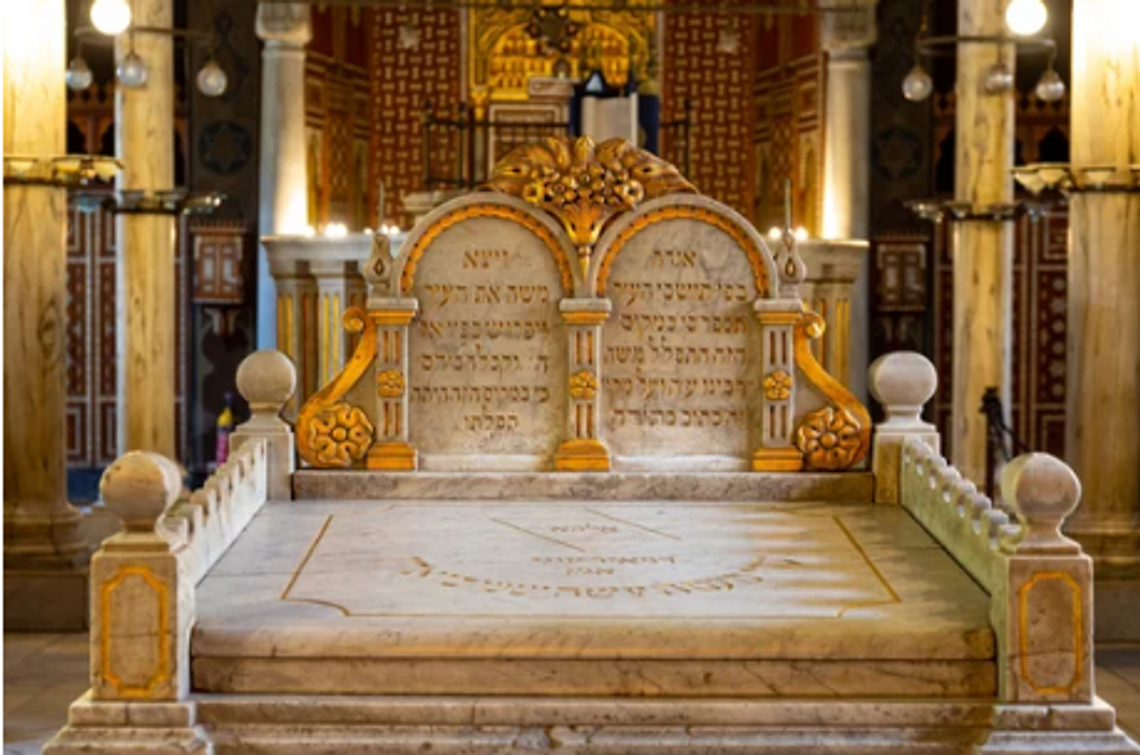Deliberately Diverse represents the thoughts and opinions of a group of Taylor friends who almost never completely agree about anything, but who are gratified by the opportunity to stimulate deliberately diverse discussions in our beloved community. Today’s column is by Frances Sorrow, a Taylor resident. It does not reflect the opinion of Taylor Press.
In the last quarter of the 19th century, while excavators were uncovering, and looting, the treasures of ancient Egypt, another treasure started coming out of that country. These were medieval Hebrew documents, Various researchers were able to buy fragments, and the majority of these went to England. The common factor seemed to point to old Cairo’s ancient Ben Ezra Synagogue’s genizah.
What is a genizah?
The word means storeroom or repository.
Traditional Jewish law required that damaged Hebrew books and ritual objects be stored until they could be buried.
For some reason, this genizah had not been cleared in centuries.
Researchers who tried to look in the genizah were turned away. It was rumored that a venomous snake and scorpions protected the genizah.
One man was allowed to climb a rickety ladder to look in through a small hole, but wasn’t allowed to enter.
But in January of 1897, a Cambridge University lecturer, Solomon Schecter, charmed the chief rabbi of Egypt so much that he allowed Schecter to enter and take whatever he wanted. Rabbi Schecter wanted it all, and he took all.
He owed much of his discovery to two English sisters, Agnes Lewis and Margaret Wilson. I hope to relate their discoveries in Part 2.
In one of their many trips to Egypt, the sisters purchased a page from a Hebrew manuscript. On returning to England, they took it to Schecter who found it to be the Hebrew original of a page from the Apocrypha Book of Ecclesiasticus. Schecter had long believed the opening which says that it was written by Ben Sara, but translated into Greek by his grandson.
Most scholars thought it was written in Greek and the author tried to add antiquity to his work by crediting it to his grandfather.
Schecter found no snakes or scorpions, but the curse of centuries of dust, polluted air, fleas, flies and mold. But as he wrote, “one can hardly realize the confusion in a genuine old genizah until one has seen it. It is a battlefield of books, and the literary production of many centuries had their share in the battle. Some of the belligerents have perished in the terrible struggle for space.1” Schecter worked for weeks in the heat and filth.
He finally shipped over 400,000 manuscripts, books, fragments, etc. But to everyone’s surprise, there were not only prayer books and writings, but 10,000 poems by more than 1,000 authors, wills, recipes, marriage and divorce contracts and much more. It seems the community decided that no documents would be destroyed.
1 Sacred Trash by Adina Hoffman and Peter Cole. 2011. Pg. 70.



